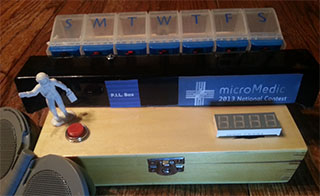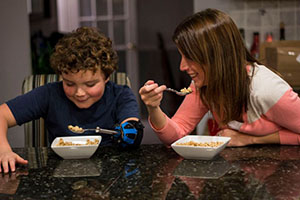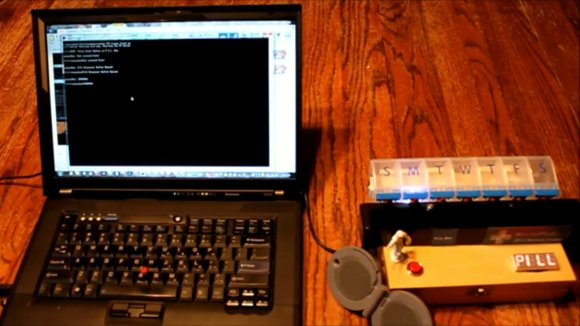Last year’s Hackaday Prize focused on building something cool, useful, and open. This led to builds as impressive as quadcopters nicknamed the Decapitron, to devices as useful as an Everything Radio. It’s a big field, and if you want to build something that will win, you first need an idea.
This year we’re making that part of the process a little easier for you. We’re looking for builds that matter, be they devices that monitor pollution, feed entire populations, lay the groundwork for powering an entire city, or reduce the cost and increase access to medical care.
 Medical builds are a tricky subject, but over the years we’ve seen a few that stand out. Some can be as simple as a pill dispenser that tells the Internet when you don’t take your meds. This type of build is actually pretty popular with several iterations, one that works with pill bottles.
Medical builds are a tricky subject, but over the years we’ve seen a few that stand out. Some can be as simple as a pill dispenser that tells the Internet when you don’t take your meds. This type of build is actually pretty popular with several iterations, one that works with pill bottles.
Maybe a gadget you could find in a drug store isn’t your thing. That’s okay, instead you can turn your attention to advanced medical imaging, like 3D printing a brain tumor and preventing a misdiagnosis. We’ve seen 3D printed MRI and CT scans for a while now, and coming up with a system that automates the process would be a great entry for the Hackaday prize.
 Of course with 3D printers, you have a bunch of prosthesis applications; from a nine-year-old who designed his own prosthetic arm, a printed prosthetic arm for a stranger, or something simpler like our own [Bil Herd]’s quest to rebuild a finger.
Of course with 3D printers, you have a bunch of prosthesis applications; from a nine-year-old who designed his own prosthetic arm, a printed prosthetic arm for a stranger, or something simpler like our own [Bil Herd]’s quest to rebuild a finger.
These are all simple builds, but ones that clearly meet the criteria of doing something meaningful. The sky is the limit, and if you want to improve the desktop CT scanner, learn CPR (correctly) from an automated assistant, or be brought back to life with your own design, that’s all well within the goals of this year’s Hackaday Prize.












